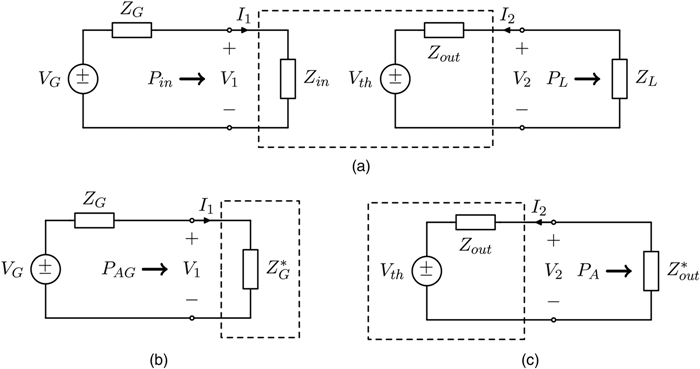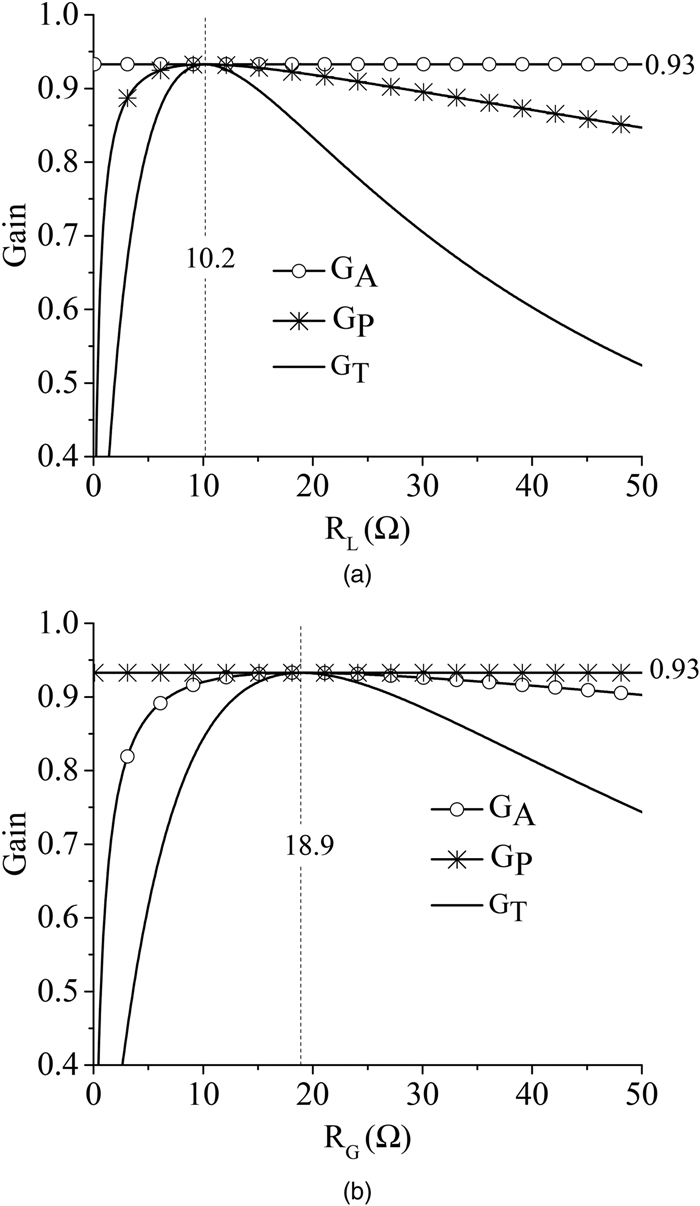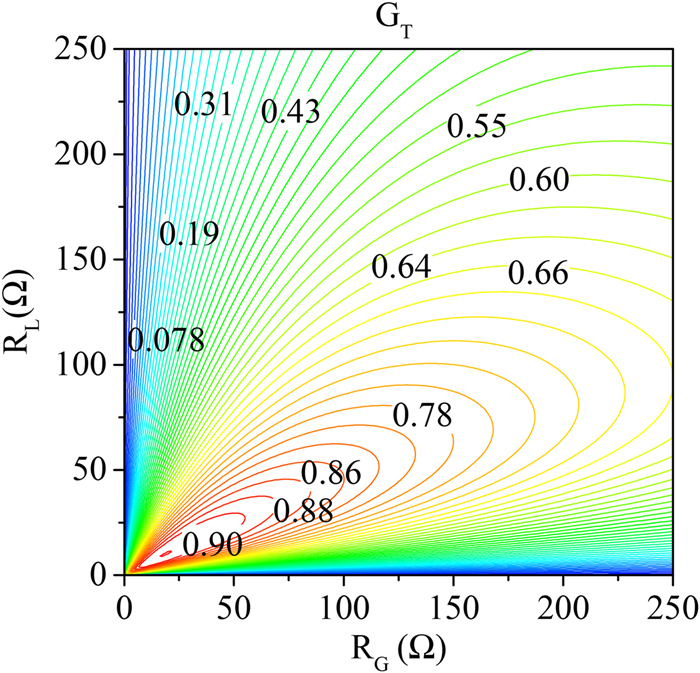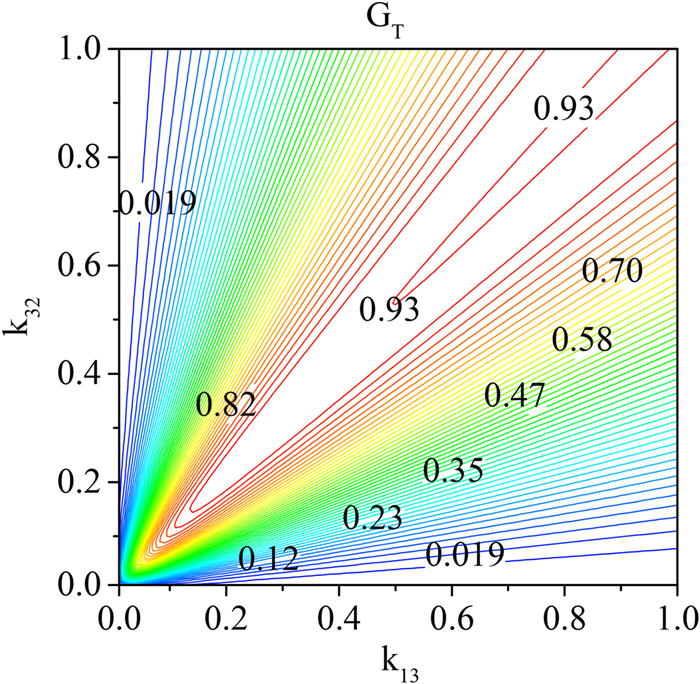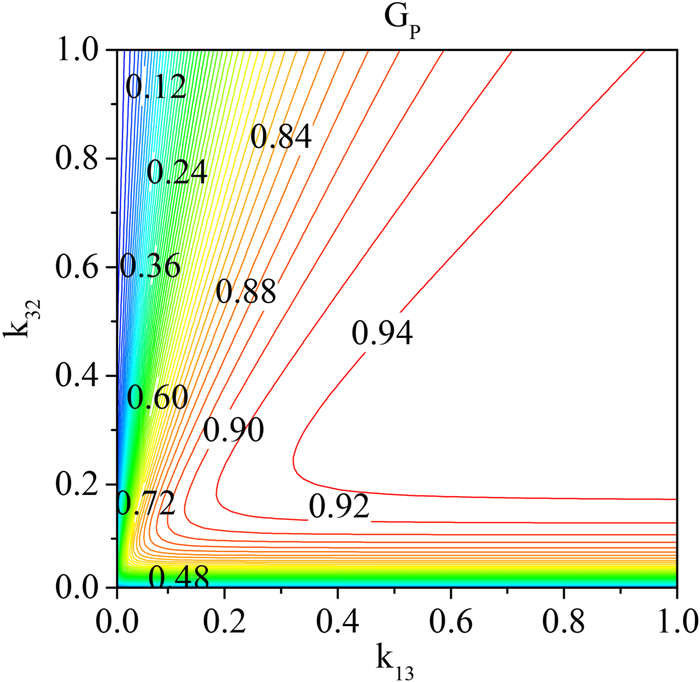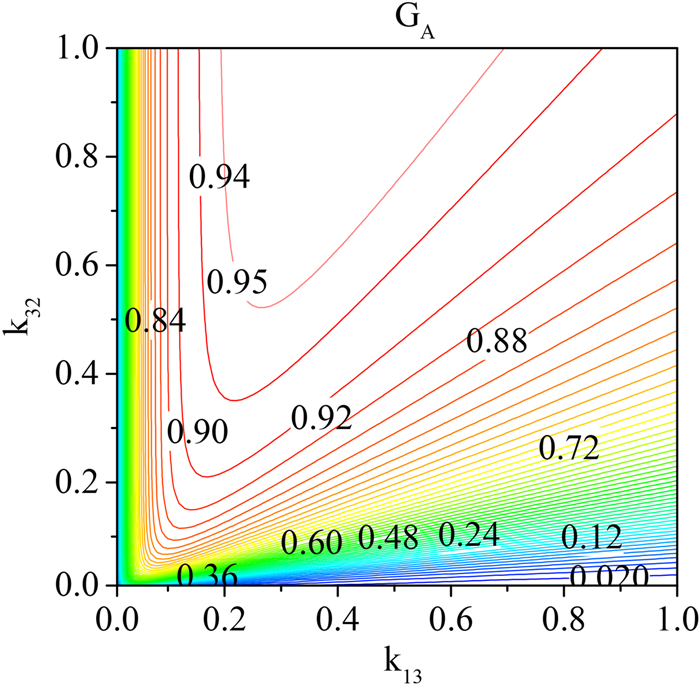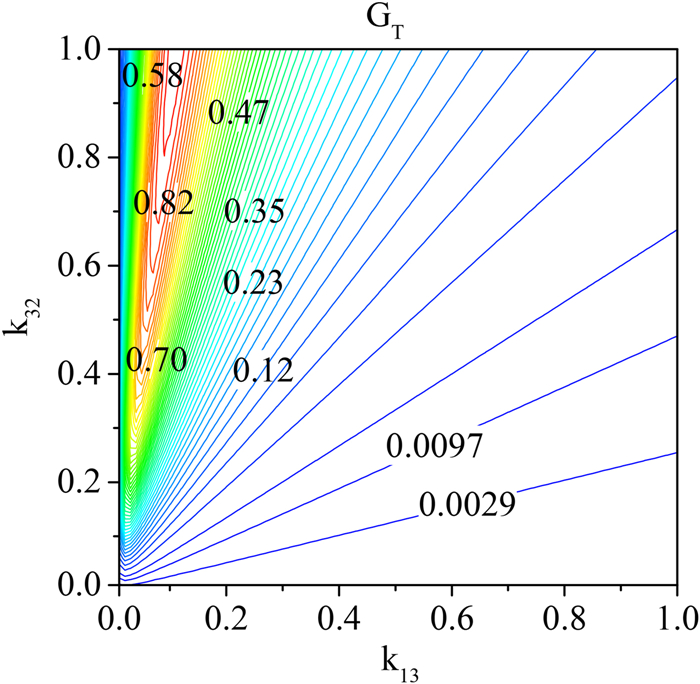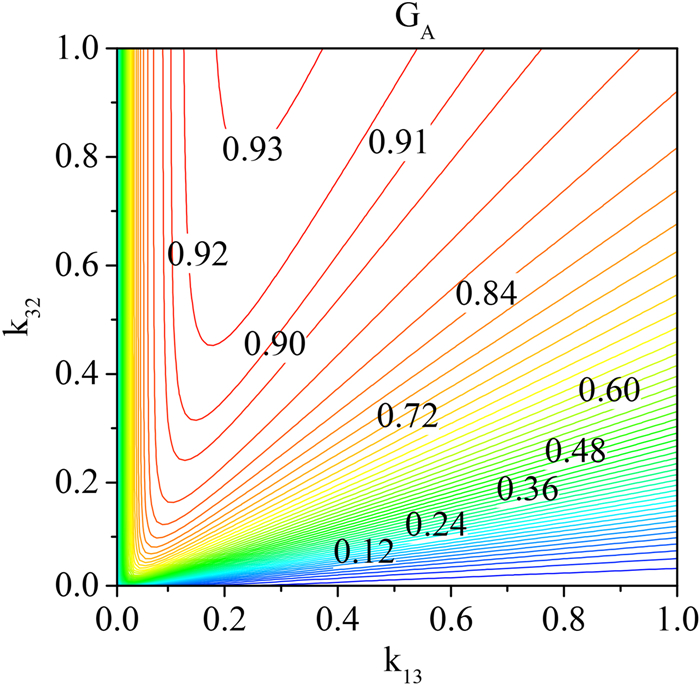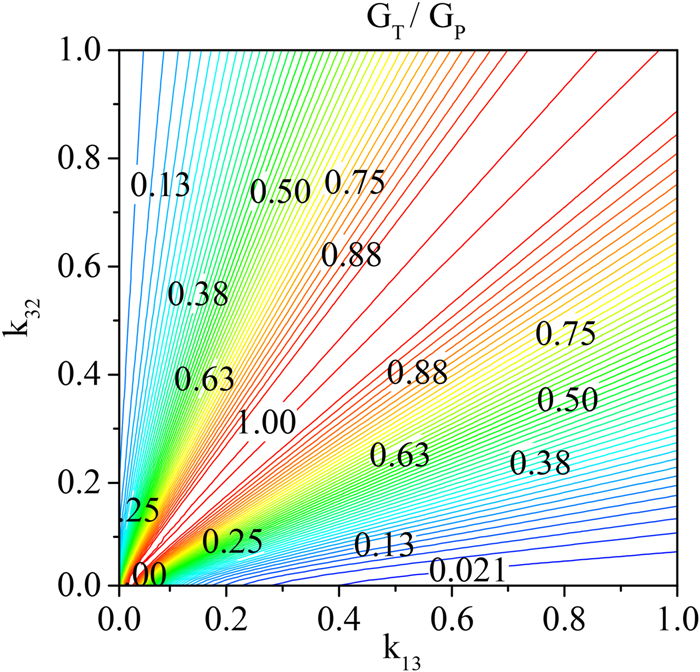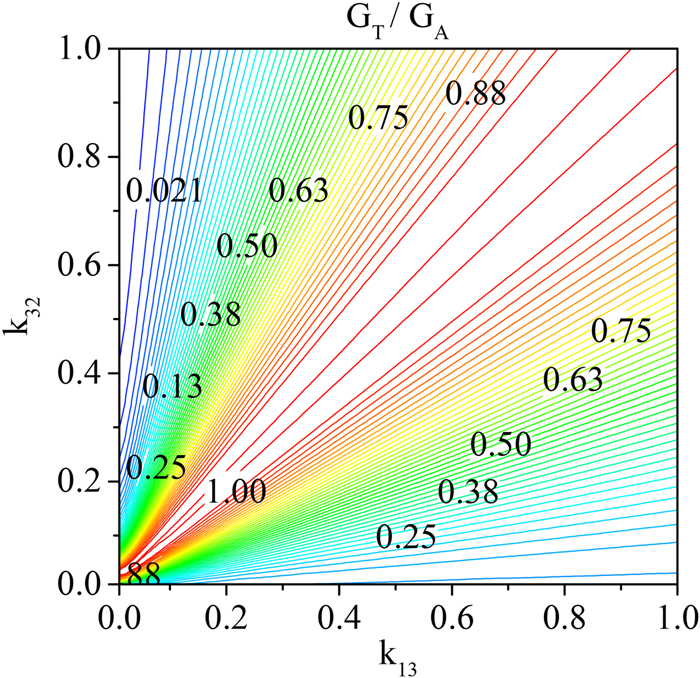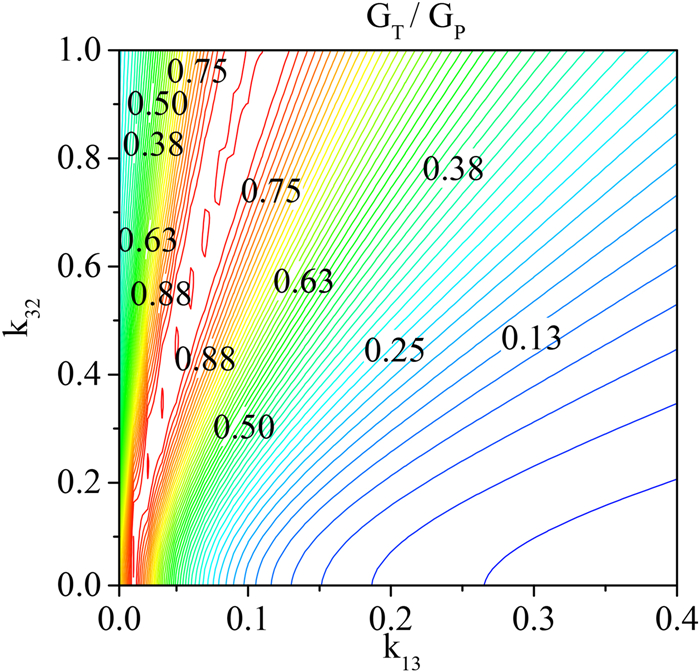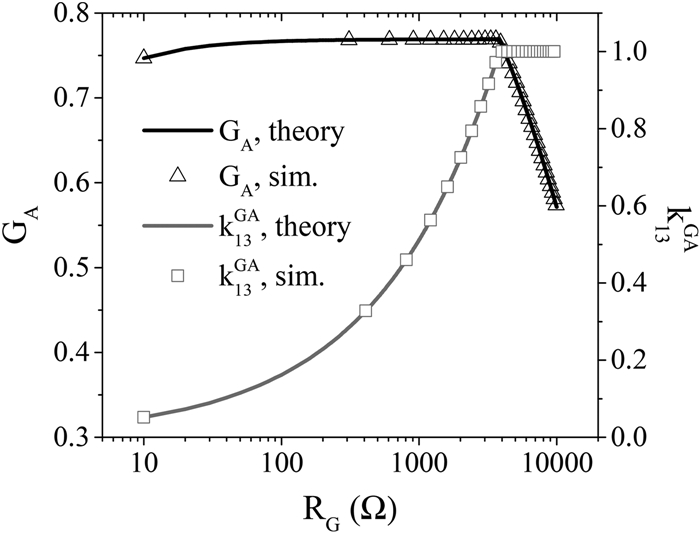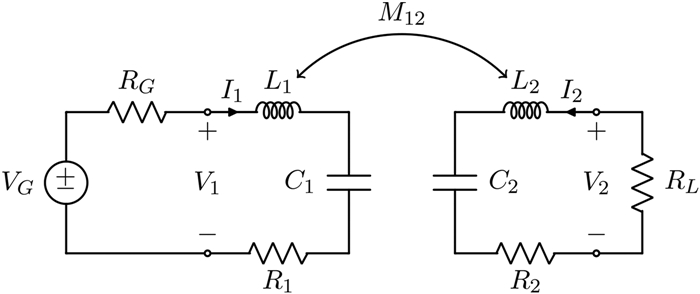Gain expressions for resonant inductive wireless power transfer links with one relay element
-
1.
Department of Electrical, Electronic and Information Engineering "Guglielmo Marconi", University of Bologna, Bologna, Italy. Phone: +39 0832 29 7365
-
2.
Department of Engineering, University of Perugia, Italy
-
3.
Department of Engineering for Innovation, University of Salento, Italy
More Information
-
Author Bio:
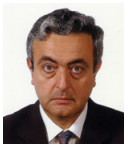 Franco Mastri
Franco Mastri received the Laurea degree (100/100 cum laude) in Electronic Engineering from the University of Bologna, Italy, in 1985. From 1990 to 2004, he was a Research Associate with the Department of Electrical Engineering, University of Bologna, where he has been an Associate Professor of electrotechnics since 2005. His main research interests include non-linear circuit simulation and design techniques (with special emphasis on CAD techniques for large-size problems), non-linear RF device modeling, non-linear/RF co-simulation of RF systems, stability and noise analysis of non-linear circuits.
 Mauro Mongiardo
Mauro Mongiardo (F'11) has received the Laurea degree (110/110 cum laude) in Electronic Engineering from the University of Rome "La Sapienza" in 1983. In 1991, he became an Associate Professor of Electromagnetic Fields, and from 2001, he is a full Professor of Electromagnetic Fields at the University of Perugia. He has been elected Fellow of the IEEE "for contributions to the modal analysis of complex electromagnetic structures" in 2011. The scientific interests of Mauro Mongiardo have concerned primarily the numerical modeling of electromagnetic wave propagation both in closed and open structures. His research interests have involved CAD and optimization of microwave components and antennas.
Mauro Mongiardo has served in the Technical Program Committee of the IEEE International Microwave Symposium from 1992. From 1994, he is a member of the Editorial Board of the IEEE TRANSACTIONS ON MICROWAVE THEORY AND TECHNIQUES. During the years 2008–2010, he has been an Associate Editor of the IEEE TRANSACTIONS ON MICROWAVE THEORY AND TECHNIQUES. He is an author or co-author of over 200 papers and articles in the fields of microwave components, microwave CAD, and antennas. He is the co-author of the books "Open Electromagnetic Waveguides" (IEE, 1997) and "Electromagnetic Field Computation by Network Methods" (Springer, 2009).
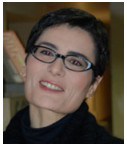 Giuseppina Monti
Giuseppina Monti (SM'16) Giuseppina Monti received the Laurea degree in Telecommunication Engineering (with honors) from the University of Bologna, Italy, in 2003, and the Ph.D. in Information Engineering from the University of Salento (Italy), in 2007. She is currently with the Department of Innovation Engineering (University of Salento), where she is a temporary Researcher and Lecturer in CAD of Microwave circuits and Antennas. Her current research interest includes the analysis and applications of artificial media (such as, for instance, double-negative metamaterials and nano-carbontube), the analysis of electromagnetic compatibility and electromagnetic interference problems in planar microwave circuits, the design and realization of: microwave components and MEMS-based reconfigurable antennas and devices, rectenna systems, systems and devices for wireless power transmission applications. She has co-authored a chapter of a book and about 100 papers appeared in international conferences and journals.
 Marco Dionigi
Marco Dionigi (M'14) has received the Laurea degree (110/110 cum laude) in Electronic Engineering from the University of Perugia. He achieved at the same university the title of Ph.D. In 1997, he became an Assistant Professor at the Faculty of Engineering of the University of Perugia. He took part in several research projects regarding the development of software tools for waveguide and antenna fullwave simulation, the development of permittivity and moisture microwave sensors, the development of an SAR and ultrawideband antennas. He was a coauthor of a paper awarded of the "Young Engineers Prize" at the European Microwave Conference 2005 in Paris. He is now involved in the study and development of high-efficient wireless electromagnetic power transfer for industrial applications. He is an author of more than 70 papers on international journal and conferences.
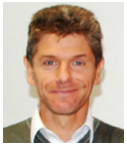 Luciano Tarricone
Luciano Tarricone (SM'11) received the Laurea degree in Electronic Engineering (cum laude) and Ph.D. degree from the Rome University "La Sapienza, " Rome, Italy, in 1989 and 1994, respectively. From 1990 to 1992, he was a Researcher with the IBM Rome Scientific Centers. From 1992 to 1994, he was with the IBM European Center for Scientific and Engineering Computing, Rome, Italy. Between 1994 and 1998, he was a Researcher with the University of Perugia, Perugia, Italy, and, between 1998 and 2001, he was a "Professore Incaricato" of electromagnetic (EM) fields and EM compatibility. Since November 2001, he has been a Faculty Member with the Department of Innovation Engineering, University of Salento, Lecce, Italy, where he is a full Professor of EM fields and coordinates a research group of about 15 people. He has authored and coauthored approximately 300 scientific papers. His main contributions are in the modeling of microscopic interactions of EM fields and biosystems, and in numerical methods for efficient CAD of microwave circuits and antennas. He is currently involved in bioelectromagnetics, electromagnetic energy harvesting and wireless power transmission, novel CAD tools and procedures for microwave circuits, RFID, and EM high-performance computing
-
Corresponding author:
G. Monti Email: giuseppina.monti@unisalento.it
-
Abstract
In this paper, a resonant inductive wireless power transfer link using a relay element is analyzed. Different problems of practical interest are considered and solved by modeling the link as a lossy two-port network. According to the two-port network formalism, the standard gain definition (i.e. the power, the available, and the transducer gains) are used for describing the network behavior. Firstly, the case of a link with given parameters is considered and the analytical expressions of the optimal terminating impedances for maximizing the link gains are derived. Later on, the case of a link with given source and load is analyzed and the possibility of maximizing the performance by acting either on the transmitting or on the receiving side is investigated. It is shown that by using a single relay element, it is not always possible to maximize all the figures of merit that could be of interest in the WPT context. Theoretical data are validated by comparisons with circuital simulation results.
-
About this article
Cite this article
Mastri F, Mongiardo M, Monti G, Dionigi M, Tarricone L. 2018. Gain expressions for resonant inductive wireless power transfer links with one relay element. Wireless Power Transfer 5(1): 27-41 doi: 10.1017/wpt.2017.13
|
Mastri F, Mongiardo M, Monti G, Dionigi M, Tarricone L. 2018. Gain expressions for resonant inductive wireless power transfer links with one relay element. Wireless Power Transfer 5(1): 27-41 doi: 10.1017/wpt.2017.13
|


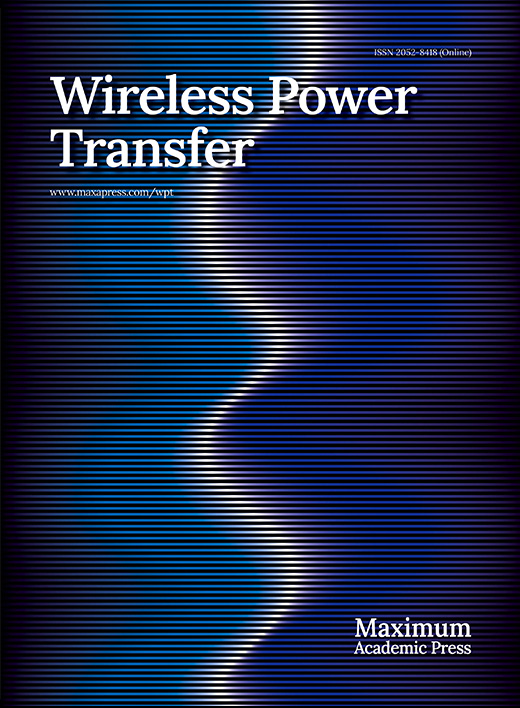






 Franco Mastri received the Laurea degree (100/100 cum laude) in Electronic Engineering from the University of Bologna, Italy, in 1985. From 1990 to 2004, he was a Research Associate with the Department of Electrical Engineering, University of Bologna, where he has been an Associate Professor of electrotechnics since 2005. His main research interests include non-linear circuit simulation and design techniques (with special emphasis on CAD techniques for large-size problems), non-linear RF device modeling, non-linear/RF co-simulation of RF systems, stability and noise analysis of non-linear circuits.
Franco Mastri received the Laurea degree (100/100 cum laude) in Electronic Engineering from the University of Bologna, Italy, in 1985. From 1990 to 2004, he was a Research Associate with the Department of Electrical Engineering, University of Bologna, where he has been an Associate Professor of electrotechnics since 2005. His main research interests include non-linear circuit simulation and design techniques (with special emphasis on CAD techniques for large-size problems), non-linear RF device modeling, non-linear/RF co-simulation of RF systems, stability and noise analysis of non-linear circuits.  Mauro Mongiardo (F'11) has received the Laurea degree (110/110 cum laude) in Electronic Engineering from the University of Rome "La Sapienza" in 1983. In 1991, he became an Associate Professor of Electromagnetic Fields, and from 2001, he is a full Professor of Electromagnetic Fields at the University of Perugia. He has been elected Fellow of the IEEE "for contributions to the modal analysis of complex electromagnetic structures" in 2011. The scientific interests of Mauro Mongiardo have concerned primarily the numerical modeling of electromagnetic wave propagation both in closed and open structures. His research interests have involved CAD and optimization of microwave components and antennas.
Mauro Mongiardo (F'11) has received the Laurea degree (110/110 cum laude) in Electronic Engineering from the University of Rome "La Sapienza" in 1983. In 1991, he became an Associate Professor of Electromagnetic Fields, and from 2001, he is a full Professor of Electromagnetic Fields at the University of Perugia. He has been elected Fellow of the IEEE "for contributions to the modal analysis of complex electromagnetic structures" in 2011. The scientific interests of Mauro Mongiardo have concerned primarily the numerical modeling of electromagnetic wave propagation both in closed and open structures. His research interests have involved CAD and optimization of microwave components and antennas. Giuseppina Monti (SM'16) Giuseppina Monti received the Laurea degree in Telecommunication Engineering (with honors) from the University of Bologna, Italy, in 2003, and the Ph.D. in Information Engineering from the University of Salento (Italy), in 2007. She is currently with the Department of Innovation Engineering (University of Salento), where she is a temporary Researcher and Lecturer in CAD of Microwave circuits and Antennas. Her current research interest includes the analysis and applications of artificial media (such as, for instance, double-negative metamaterials and nano-carbontube), the analysis of electromagnetic compatibility and electromagnetic interference problems in planar microwave circuits, the design and realization of: microwave components and MEMS-based reconfigurable antennas and devices, rectenna systems, systems and devices for wireless power transmission applications. She has co-authored a chapter of a book and about 100 papers appeared in international conferences and journals.
Giuseppina Monti (SM'16) Giuseppina Monti received the Laurea degree in Telecommunication Engineering (with honors) from the University of Bologna, Italy, in 2003, and the Ph.D. in Information Engineering from the University of Salento (Italy), in 2007. She is currently with the Department of Innovation Engineering (University of Salento), where she is a temporary Researcher and Lecturer in CAD of Microwave circuits and Antennas. Her current research interest includes the analysis and applications of artificial media (such as, for instance, double-negative metamaterials and nano-carbontube), the analysis of electromagnetic compatibility and electromagnetic interference problems in planar microwave circuits, the design and realization of: microwave components and MEMS-based reconfigurable antennas and devices, rectenna systems, systems and devices for wireless power transmission applications. She has co-authored a chapter of a book and about 100 papers appeared in international conferences and journals.  Marco Dionigi (M'14) has received the Laurea degree (110/110 cum laude) in Electronic Engineering from the University of Perugia. He achieved at the same university the title of Ph.D. In 1997, he became an Assistant Professor at the Faculty of Engineering of the University of Perugia. He took part in several research projects regarding the development of software tools for waveguide and antenna fullwave simulation, the development of permittivity and moisture microwave sensors, the development of an SAR and ultrawideband antennas. He was a coauthor of a paper awarded of the "Young Engineers Prize" at the European Microwave Conference 2005 in Paris. He is now involved in the study and development of high-efficient wireless electromagnetic power transfer for industrial applications. He is an author of more than 70 papers on international journal and conferences.
Marco Dionigi (M'14) has received the Laurea degree (110/110 cum laude) in Electronic Engineering from the University of Perugia. He achieved at the same university the title of Ph.D. In 1997, he became an Assistant Professor at the Faculty of Engineering of the University of Perugia. He took part in several research projects regarding the development of software tools for waveguide and antenna fullwave simulation, the development of permittivity and moisture microwave sensors, the development of an SAR and ultrawideband antennas. He was a coauthor of a paper awarded of the "Young Engineers Prize" at the European Microwave Conference 2005 in Paris. He is now involved in the study and development of high-efficient wireless electromagnetic power transfer for industrial applications. He is an author of more than 70 papers on international journal and conferences. 


